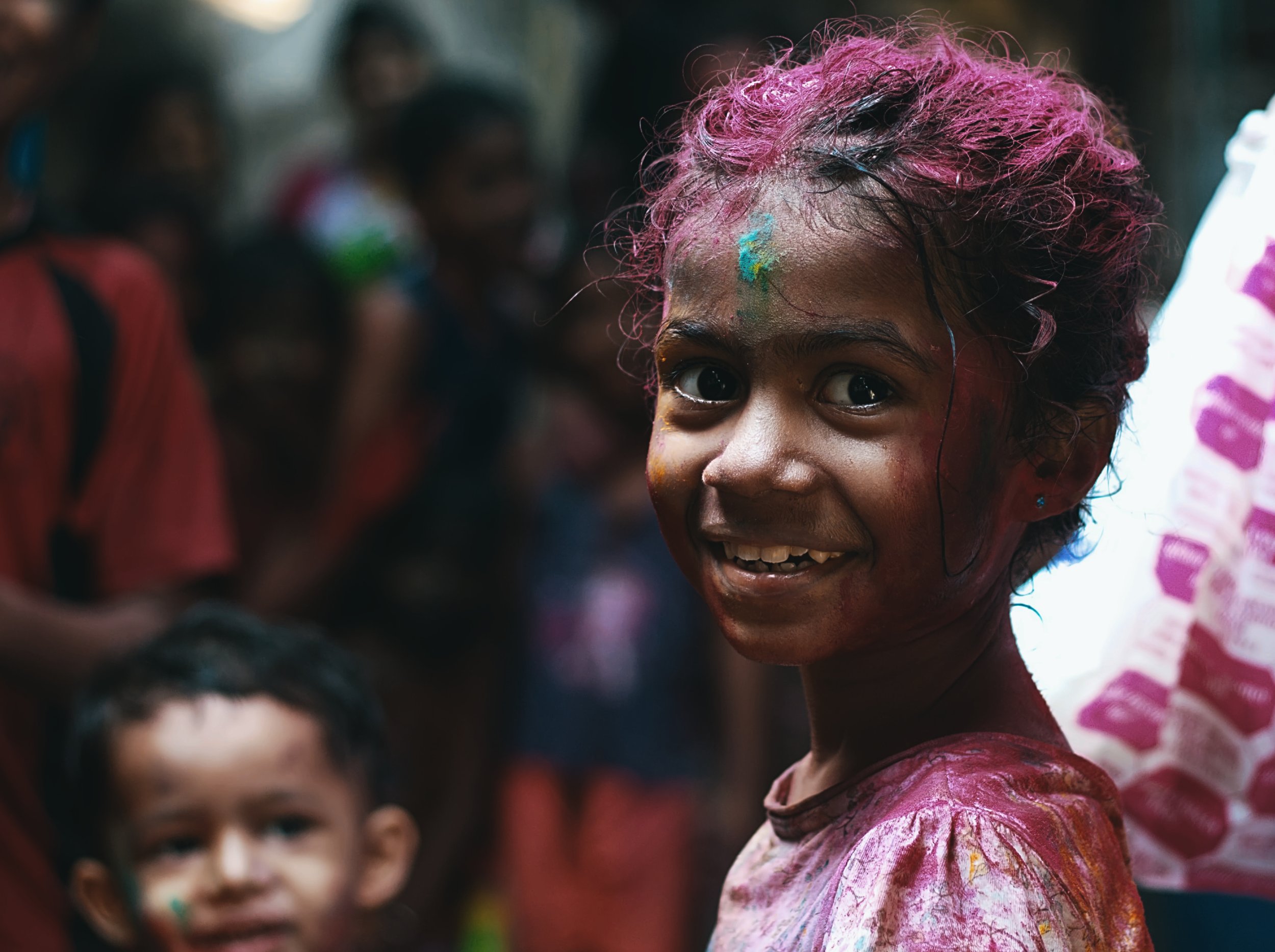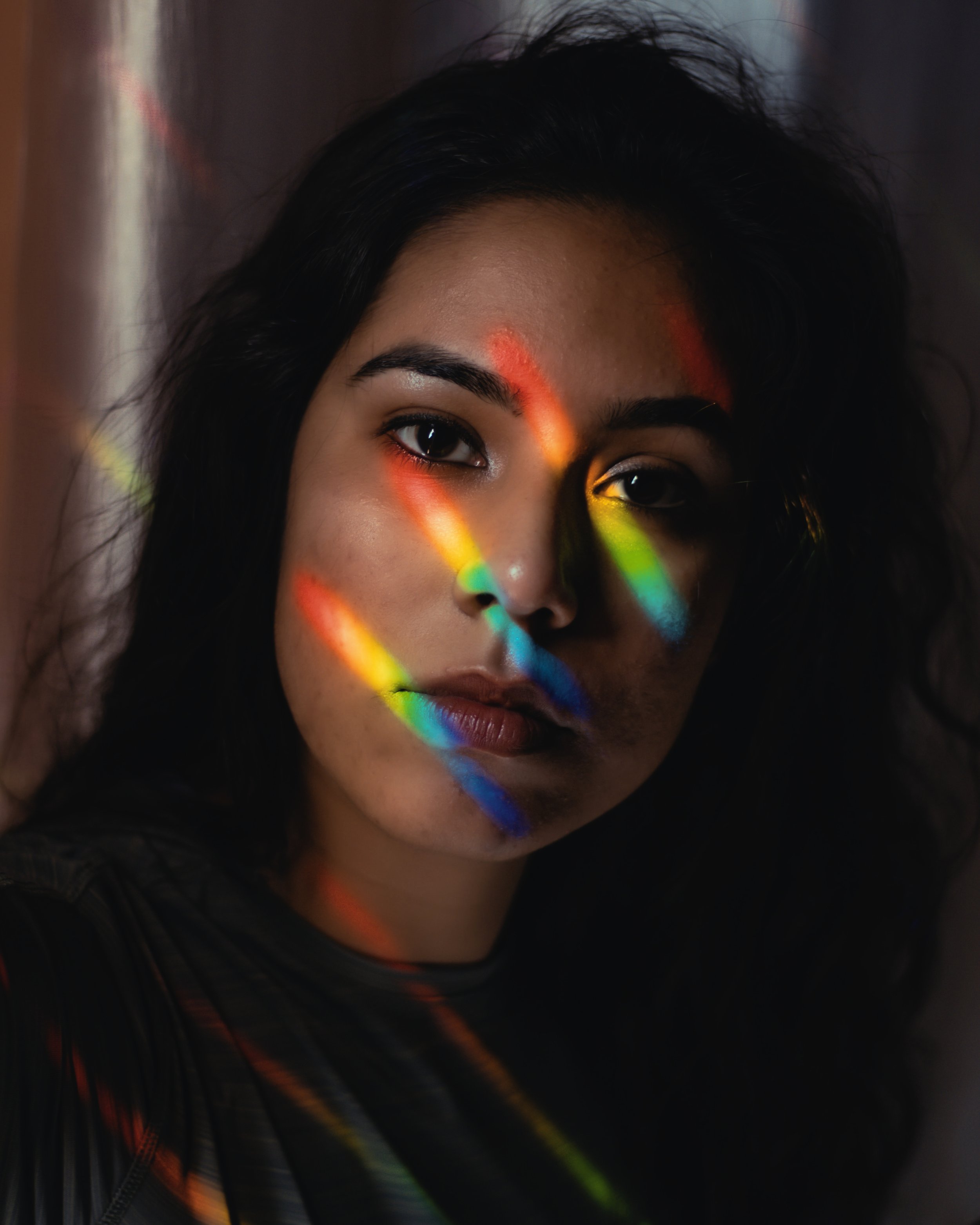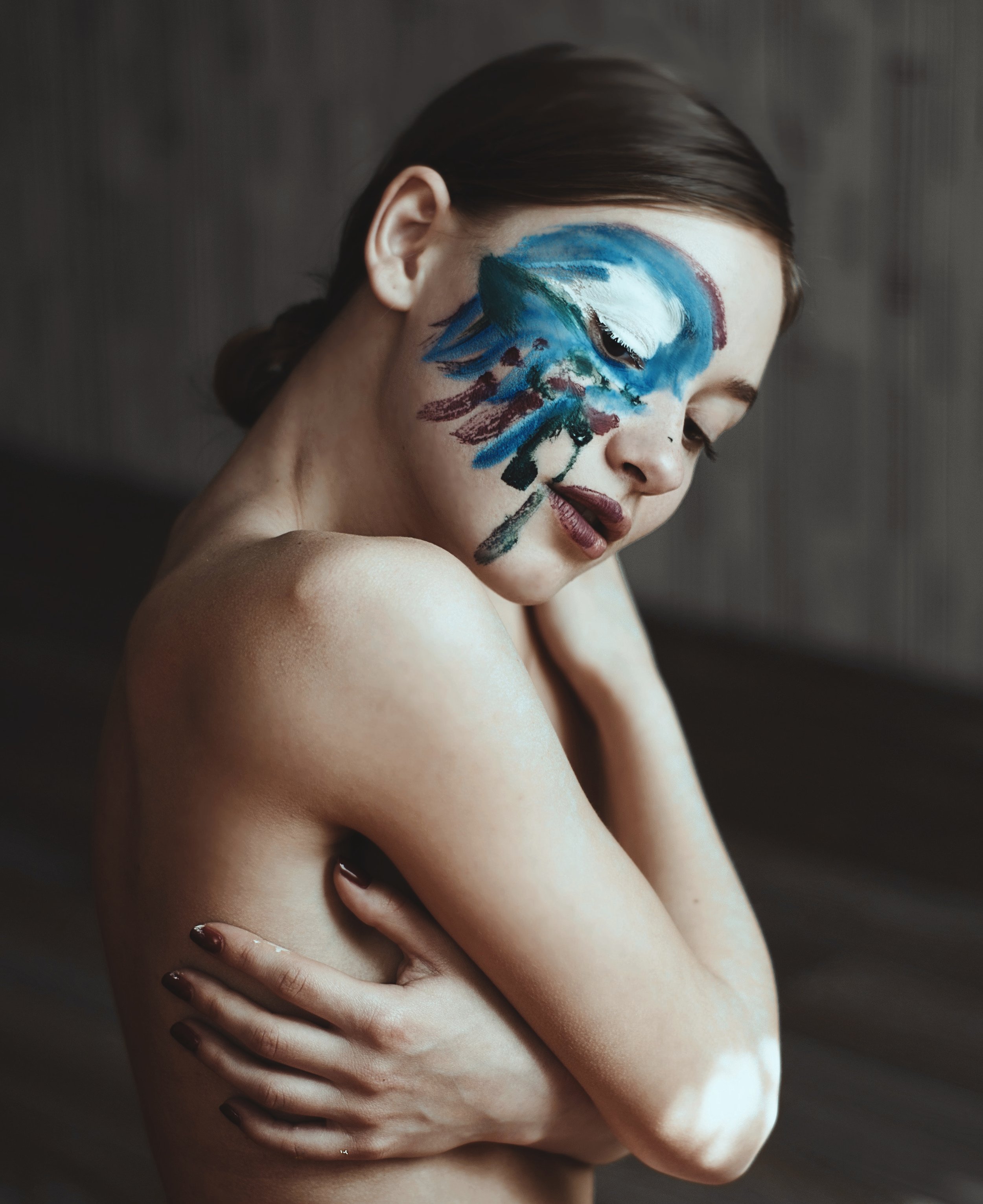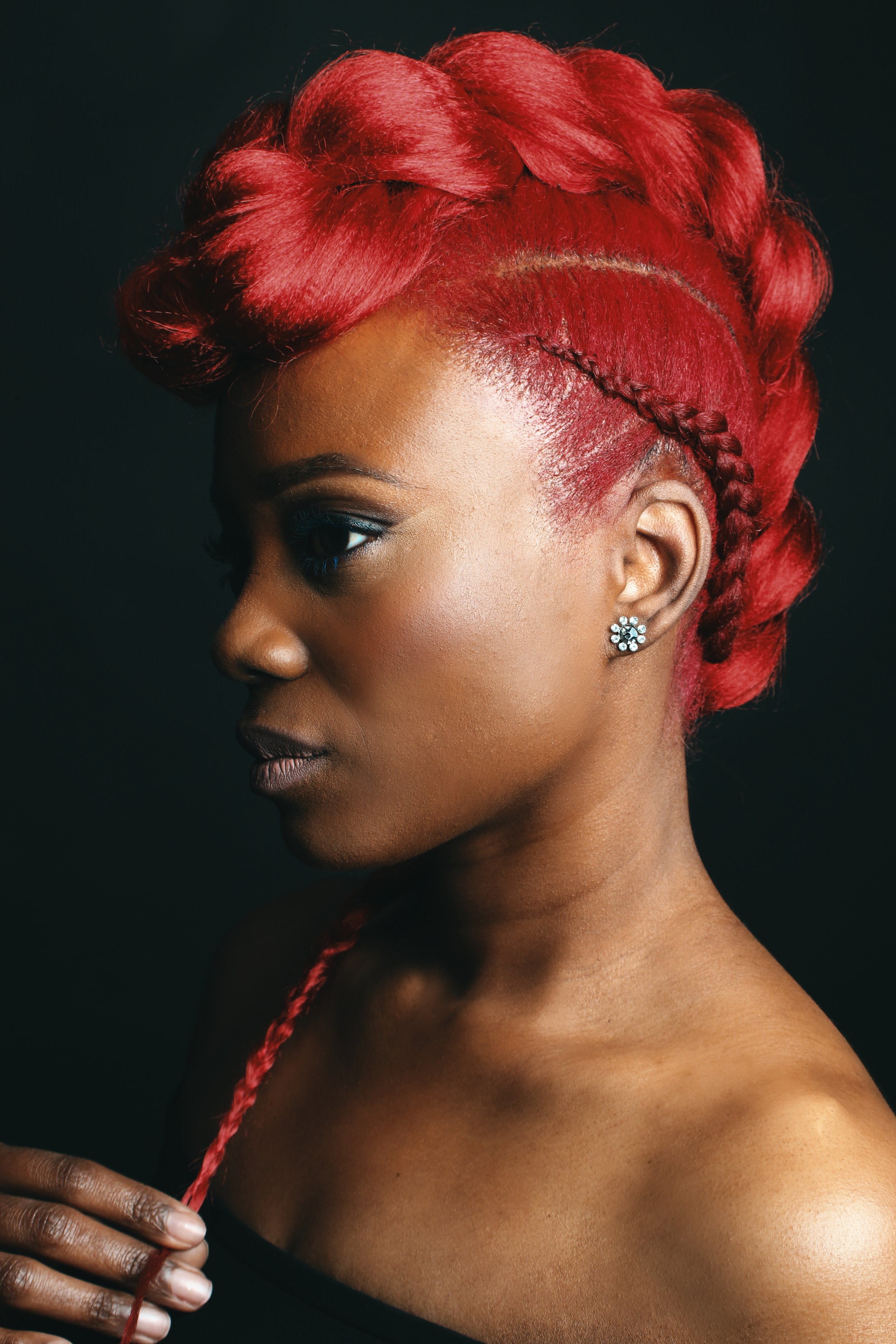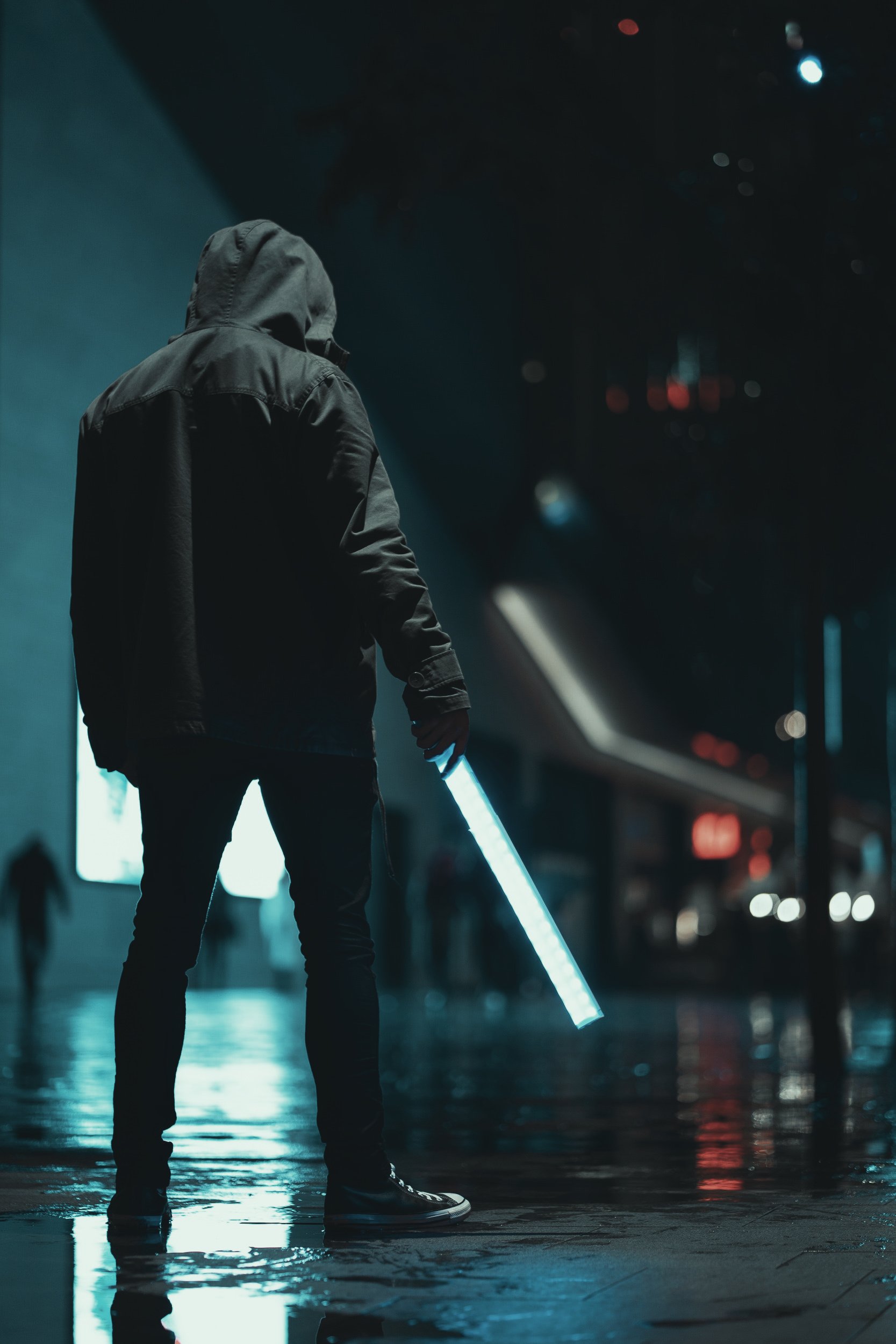“ANALOG COLOR FOR DIGITAL IMAGES”
DIGILOG.color is a full-service color correction and grading company dedicated to delivering cinema-quality images while ensuring swift project turnover times.
Specializing in color correction and grading for short films, documentaries, music videos, and still photography, DIGILOG.color provides customers with unique color palettes not seen by any color grading company or film look generator.
Our comprehensive suite of services includes image upscaling, sharpening, and meticulous color correction and grading, all crafted using our in-house looks. By using authentic negative and positive film data in state of the art Photon color grading software, we leverage the significant power of the algorithm to create a genuine 35mm film look. Additionally, we offer contemporary teal and orange color grades for that coveted NETFLIX/Blockbuster movie aesthetic.
Features
01 technologically advanced
Tested rigorously on thousands of images and videos, our in-house looks ensure not only accelerated production times but also the preservation of image integrity by eliminating artifacts such as banding and color noise during the grading process.
02 INPUT GAMMA
Our proprietary input gamma algorithm intelligently converts your camera’s color space to our custom REC709 color space, ensuring a seamless transition before the application of the film look. This approach allows us to harness the full dynamic range and color depth of your camera, resulting in a visually stunning and nuanced final product.
03 Analog color
DIGILOG color palettes are engineered to be visually pleasing digital film stocks that mimic the most notable qualities of analog film. By combining industry leading negative and positive print film emulations with our color grading methodology the resulting adjustments completely changes the look and feel of digital images.
*
- Image Upscaling: Our professional image upscaling service utilizes advanced algorithms to enhance the resolution and quality of your images without sacrificing clarity or detail.
- Color Correction: We specialize in precise color correction techniques to ensure accurate representation and consistency across your images, ensuring they meet your desired standards.
- Color Grading: Our experienced team provides expert color grading services to enhance the mood, atmosphere, and overall aesthetic of your images, whether for digital content, print, or advertising.
- LUT Development: We offer custom LUT (Look-Up Table) development services tailored to your specific needs, allowing you to achieve the perfect color and tone adjustments for your projects with ease and efficiency.
FAQ
Q
Why is color grading important ?
A
Color grading is important for enhancing visual appeal, storytelling, and overall quality. It allows filmmakers and video producers to control the mood, atmosphere, and visual consistency of their projects.
Q
What is the difference between color correction and color grading ?
A
Color correction is the process of fixing technical color issues, while color grading involves adjusting color for creative purposes to achieve a specific artistic look or mood.
Q
How do you create a specific mood or atmosphere through color grading ?
A
Creating a mood or atmosphere involves selecting a color palette that aligns with the desired emotions. For example, warm tones can evoke a sense of warmth or nostalgia, while cooler tones may convey a sense of calmness or mystery.
Q
What is the difference between grading for SDR (Standard Dynamic Range) and HDR (High Dynamic Range) ?
A
Grading for SDR focuses on a standard range of brightness, while HDR allows for a wider range. Grading for HDR involves taking advantage of the increased dynamic range to achieve more nuanced and realistic visual results. Our preset adjustments were designed based off of CINEON LOG gamma in order to compress a wide dynamic range like HDR into a smaller dynamic range in a similar manner when printing film negatives. Images found commonly in REC709 and SRGB material also share the smaller dynamic range of printed film. This leads to wider platform compatibility and ensures users that they can see the wide dynamic range of the film no matter the device they use to watch your production.







